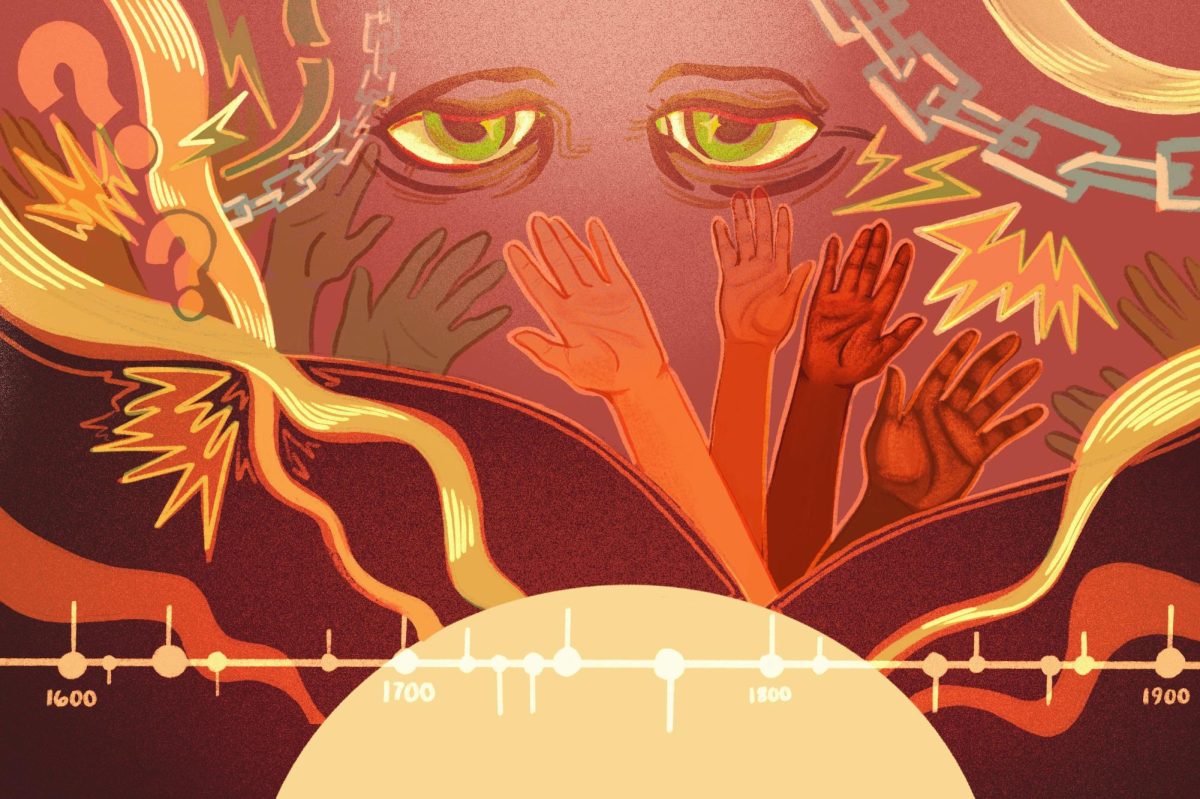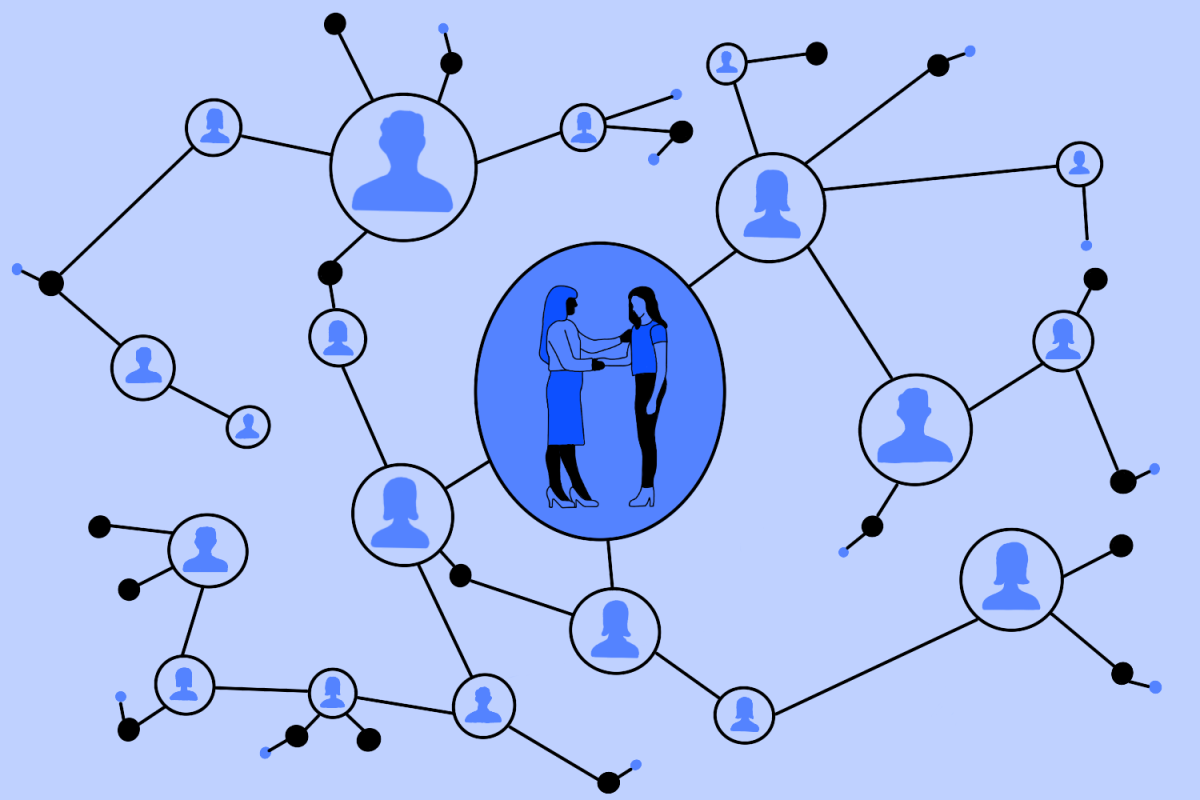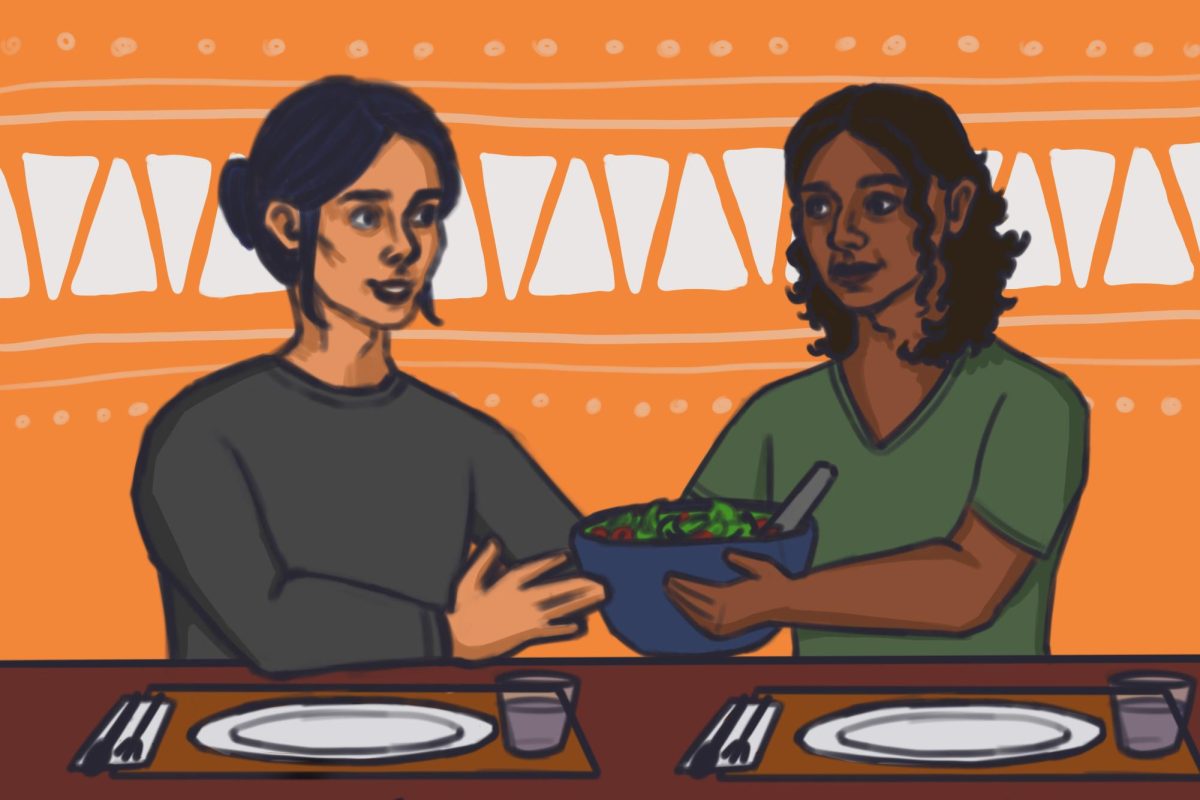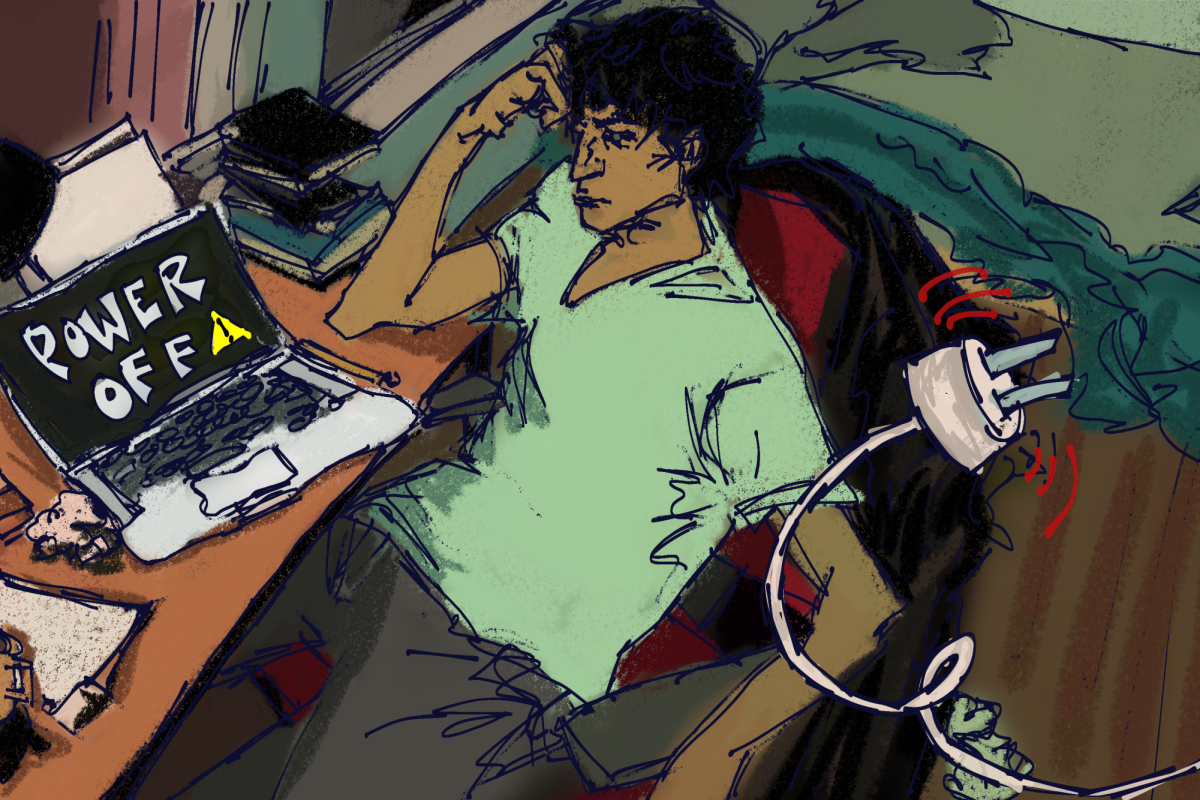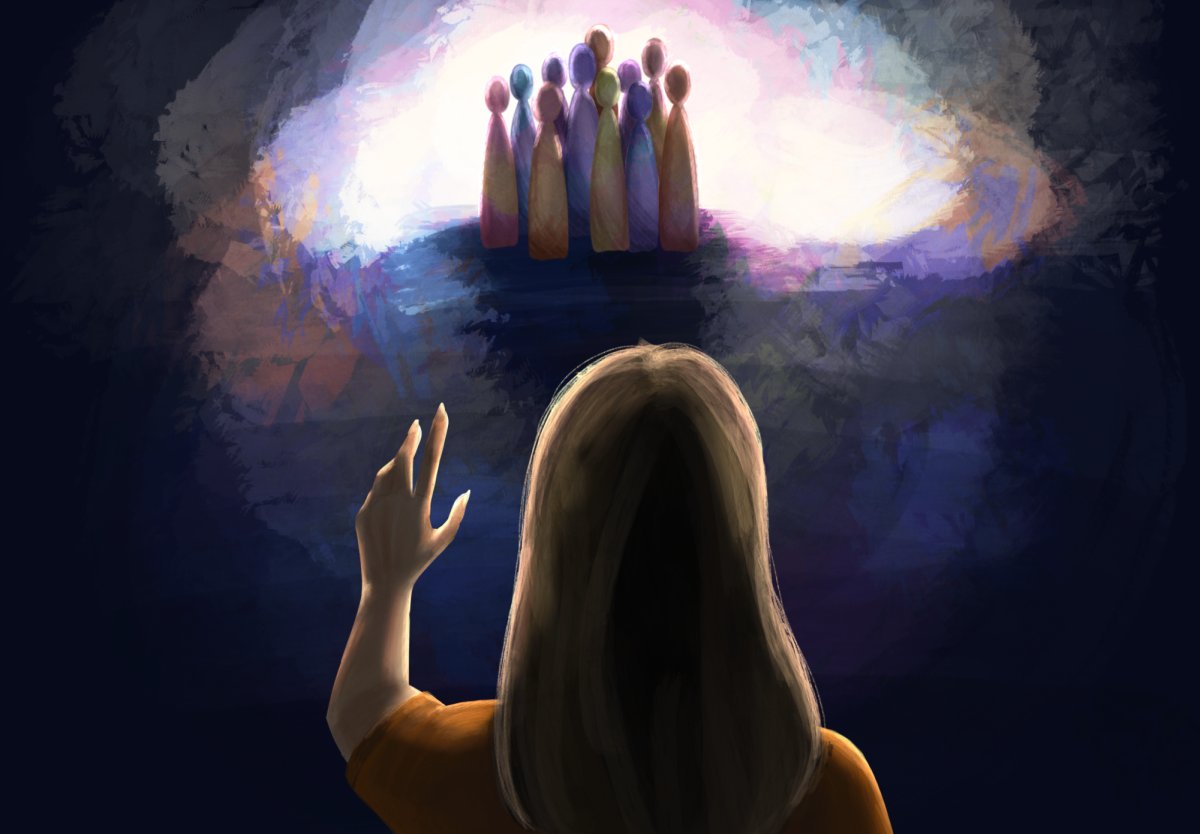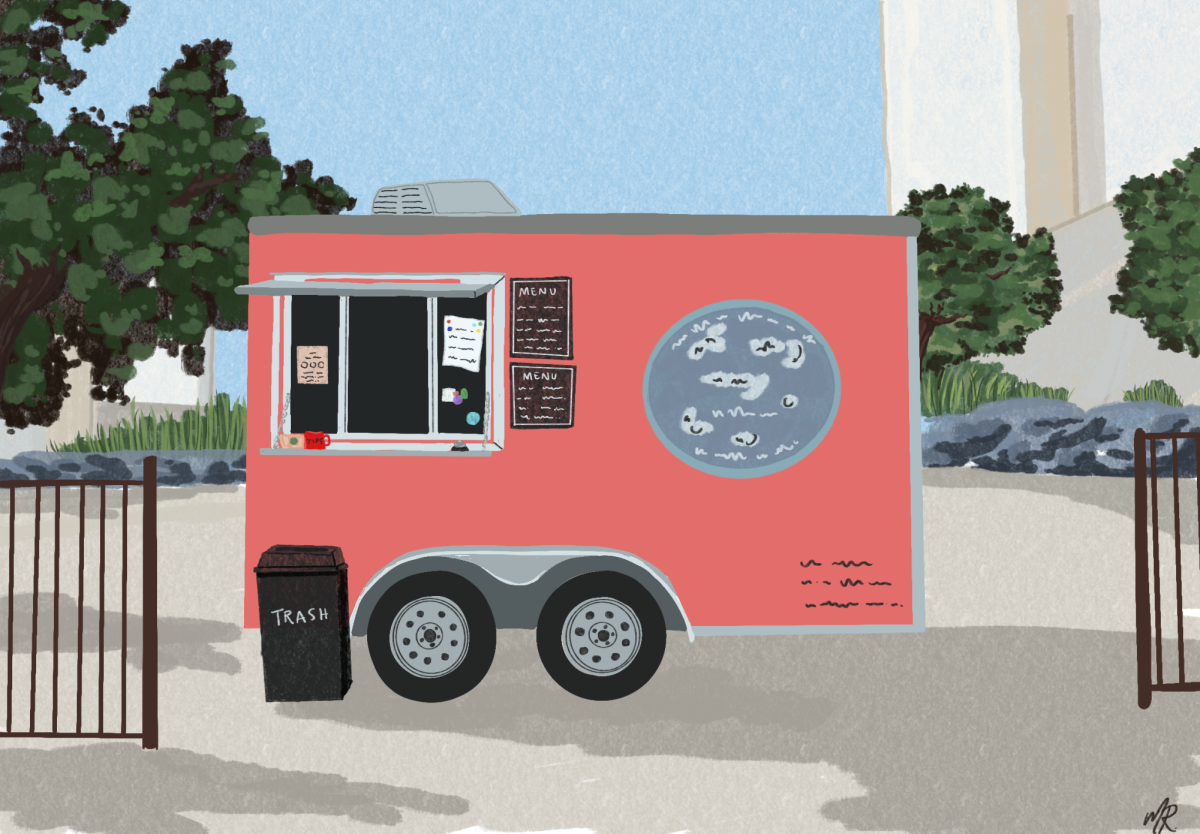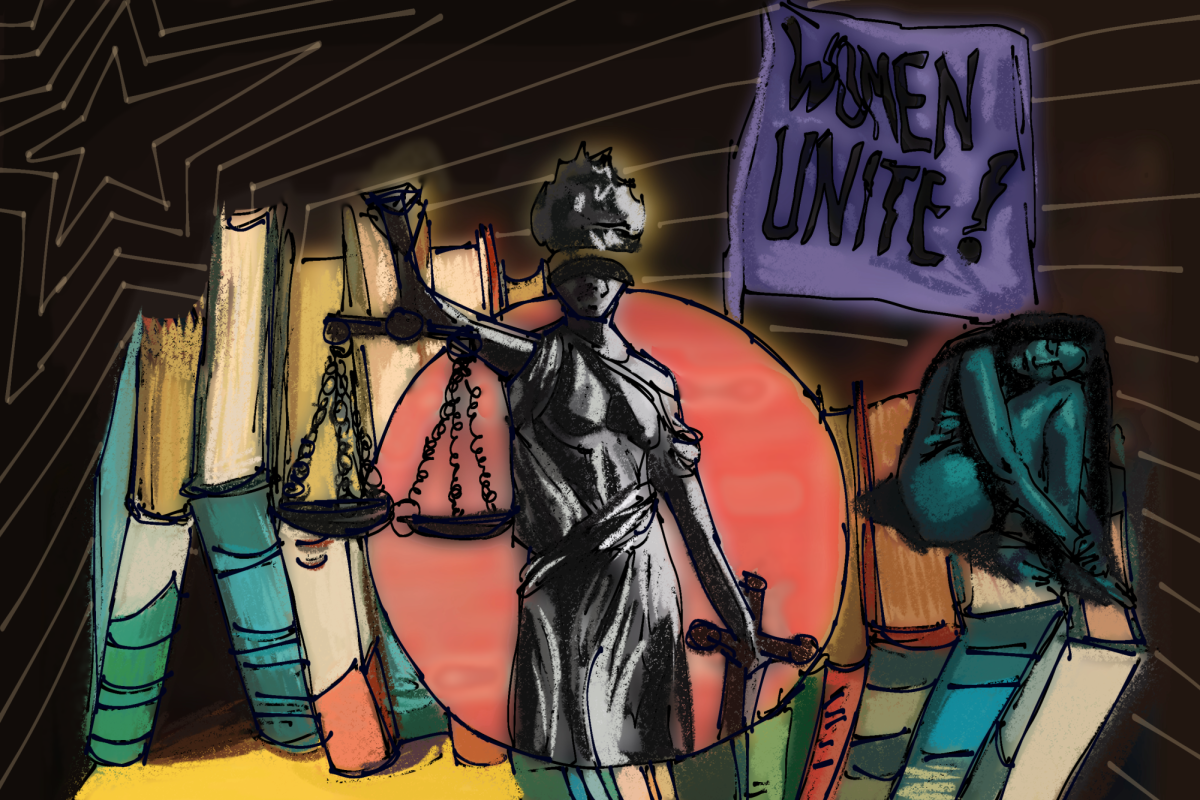Since its founding in 1883, The University of Texas has come a long way in supporting the disadvantaged communities it once neglected. But the mission to endow and achieve institutional and societal equity has not yet been accomplished.
Despite steady and overdue efforts, racism is far from dead; it is embedded into the fabric of our great nation. From disparities in admission rates to inequalities in campus resources and experiences to individual financial barriers, students continue to grapple with the lingering effects of our dark history. Despite this, Texas has increasingly moved away from policies that promote diversity and inclusivity on college campuses.
If UT wants to stay true to its core responsibilities as an institution that touts excellence, it must continue to compensate for racially disproportionate disadvantages and make higher education equally accessible to students from all backgrounds by establishing programs that target socioeconomic inequities.
These ‘anti-racist’ measures, as John McWhorter, associate professor in the Slavic Department at Columbia University, called them during the civil discord in March, are central to the mission of higher education. Time has shown that the promise of a color-blind America has fallen radically short; and although today, racism seldom manifests itself in the overt and violent ways we commonly associate it with, its existence persists in an institutionalized and systemic way.
Danielle Clealand, associate professor of Mexican American and Latina/o Studies argues that the subtle nature of today’s racism often wrongly convinces people that it doesn’t exist.
“When we look at all of our institutions (like) the labor market, education, criminal justice, all of these institutions are organized hierarchically by race … Our educational funding is still based on property values, which means that kids that are in wealthy white neighborhoods are going to have a much different educational experience than those who are in neighborhoods that are working class, and that are predominantly neighborhoods where black (and) Latino families live. And so, there’s a whole slew of inequities that exist that might not be as visible as racial violence, for example, but still affect all of our opportunities. If we do not talk about it, and if we do not provide the resources … then they will worsen.”
It follows that ‘anti-racist’ initiatives are about much more than the color of a student’s skin. These programs’ aim is to create a supportive environment for people that share similar experiences and disadvantages like Black and brown communities for example, that are on average, more than twice as likely to suffer from poverty than their white fellow citizens, and disproportionately struggle with social inequalities that begin even before they first step foot beyond the school gate.
Angela Valenzuela, director of the Center for Educational Policy, agrees that certain targeted programs are both necessary and beneficial for the success of marginalized communities in higher education.
“The research shows that if students feel a sense of belonging, then they’re going to finish, right? Because otherwise they’re alienated; they’re distant from higher education institutions,” Valenzuela said.
And despite the setbacks created by SB17 and recent Supreme Court rulings, some of these measures are still achievable. SB17 allows exceptions for certain underprivileged groups to receive supplemental support from a state-funded institution. To comply, the University could create and expand programs to fulfill an improvised and more vague goal, simply stated: serving economically underprivileged communities.
Vinay Harpalani, professor at the University of New Mexico School of Law, states that there are certain diversity strategies, such as the 6% automatic admission rule, that have been accomplished through legally broad means. He argues that socioeconomic approaches can bridge the gap left by SB17’s restrictions through, for example, an MEC with a revised set of goals.
“Texas already does this to some extent,” said Harpalani, “It’s not based on race, but it is based on class rank and in a way correlated with socioeconomic status. So, I would say no, SB 17 does not ban … the kind of (socioeconomic) resources you’re talking about.”
Although these measures are not the ideal way to address the ramifications of systemic racism and inequity, they’re a legally feasible start. Make no mistake, racism is very much alive, and if the mission of higher education is to change the lives of people for the betterment of society, that goal will remain impossible if we continue to neglect the lives that need a chance at that betterment the most.
Rodriguez is an economics and philosophy major from Tyler, Texas.

